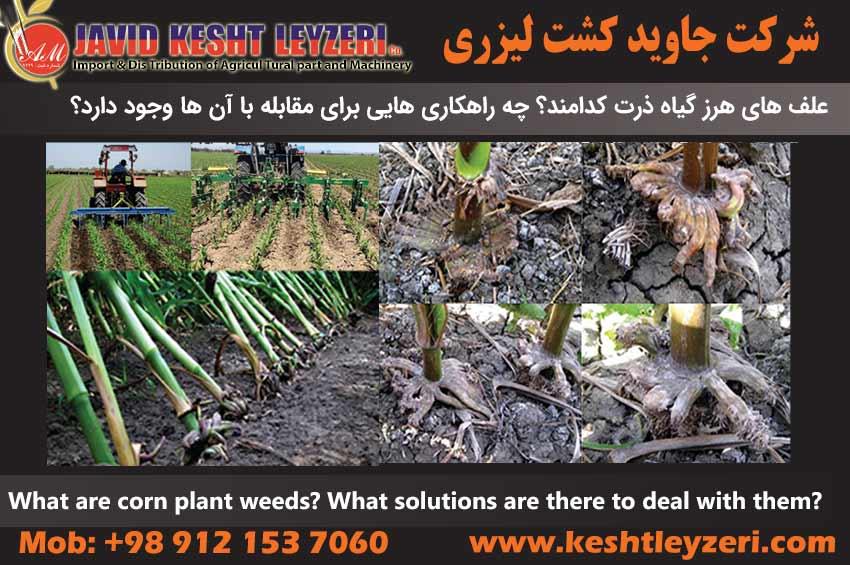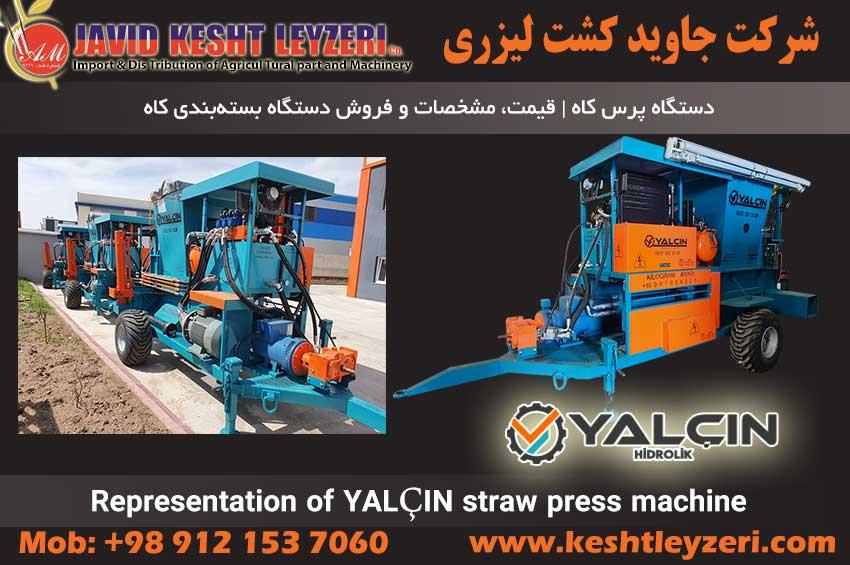
What are the weeds of the corn plant?
javid keshtleyzeri Co.ltd
List of contents of this section:
How many types of corn weeds are there?
How are broadleaf weeds as corn weeds?
What are narrow-leaved grasses or broad-leaved grass as a corn plant weed? What is the solution to deal with narrow leaf weeds?
In what ways are damages caused by corn plant weeds?
What are the methods of fighting corn plant weeds?
In the following, the above contents will be reviewed.
How many types of corn weeds are there?
Corn weeds are divided into broad-leaved weeds and narrow-leaved weeds.
How are broadleaf weeds as corn weeds?
Broadleaf grasses may include chappel, yurshid, lazbeg and lamb's sedge, etc. These grasses are usually perennial plants and forage for some insectivores. The most important ones are the crown of the wild rooster, the types of salma, the crown, the touq (mustak), the purslane, the desert ivy, the cotton cow, etc. To control broadleaf weeds in corn, herbicides specifically designed for this sector are usually used. Before using any herbicide, be sure to read the instructions on the package, which include dosage, time, rejection, and grain production time. Also, talk to your agricultural advisor to get proper advice on using these types of herbicides.
What are narrow-leaved grasses or broad-leaved grass as a corn plant weed? What is the solution to deal with narrow leaf weeds?
Narrow-leaf grasses can also include tall vetul, grassy boman, and especially sunflowers and sorghum, sorghum, foxtail, sorghum, oyarsam, and wild millet. In this case, traditional contact herbicides are mainly used. These weeds usually start early in crop growth and may affect corn yield if left unchecked. Before using any weed killer, be sure to consider the type of soil, the type of weed and other important factors to avoid and control the fall in the best way.
In what ways are damages caused by corn plant weeds?
Weed damage in corn fields can be caused in several ways. These weeds may directly compete with corn plants for water, light, nutrient solutions, and space. Also, some weeds can interfere with the corn plant in physiological reactions and disturb the proper growth and development of the plant.
In situations where weeds directly compete with corn, corn may grow incompletely and poorly due to lack of food resources or neutralization of proteins and enzymes. Also, weeds can lead to a decrease in fodder production and the growth of corn plants by changing the shape and light spectrum of the plant cover.
Certain herbicides and weed suppressants can be used to prevent these damages. Also, the use of weed-resistant cultivars may help reduce weed damage in corn fields.
Weed damage occurs in four ways:
1- Competition for sunlight, water and food: weeds absorb a large amount of food and this competition depends on the type of weeds and its density and weather conditions.
2- Reducing the quality of the product due to the presence of residual weeds and their seeds that may cause bad taste or produce toxic fodder.
3- When some types of weeds grow taller than the corn plant, harvesting will be difficult.
4- In the small habitats created by weeds, it becomes a shelter and strengthening place for fungi, bacteria, viruses, mites and pests and causes the spread of pests and diseases.
Weed control means preventing weeds from competing with the main crop and preventing damage to the crop. The goal is to protect the potential of agriculture (both in terms of the product and its quality) as well as to prevent the spread and attack of weeds on the agricultural land, as well as to prevent the production of seed banks in subsequent crops and crops and adjacent lands.
What are the methods of fighting corn plant weeds?
Weed control methods in corn fields are very diverse and can include the use of physical, chemical, or chemobiological methods. In the following, I will provide comprehensive explanations about each of these methods:
1. Physical methods: These methods include mechanical processes that are used to control the growth of weeds. For example, tilling the ground before planting corn can make it more resistant to weeds. Also, the use of machines that separate weeds from the field can also be effective.
2. Chemical methods: the use of herbicides is considered. A variety of herbicides can be used in a corn field, each having a different effect on weeds. But it should be used with caution and warnings so as not to harm the corn.
3. Chemobiological methods: These methods are used to use natural enemy species of weeds as controlled enemies in the field. For example, the use of predatory insects, highly specialized fungi, and the use of bacteria and viruses in nature are effective in influencing the growth and spread of weeds.
Finally, it is necessary to pay attention to your local situation and take advantage of agricultural advice to choose methods of weed control in corn fields.
So, in general, we can say that the methods of fighting weeds are as follows:
1. Phased management of land and planting bed:
- Irrigation before planting for weed growth and soil return b
The initial state.
- Timely and uniform planting of seeds.
- Appropriate density of the crop plant.
- Regular irrigation and crop rotation.
2. Mechanical combat:
- Use of manual tools such as manual jeans and goose claws.
- Using mechanized agricultural tools such as rotary and blade cultivators.
- Using a cultivator to control weeds with a height of at least 10 cm, considering receiving less damage to the roots of crops.
3. Chemical warfare:
- Strip sprayer: using less poisons and simultaneously with mechanical tools to control weeds. In this method, approximately 20-25 cm from each side of the planting lines is sprayed.
- Complete spraying: in this method, the entire surface of the cultivated land is covered with the use of herbicides in different stages before and after the planting and growth of corn.
To fight weeds, the best method is to use integrated management that includes the use of chemical and mechanical methods.






